17 countries, 240 scholars, 6 sessions, 6 venues, 3 days, 1 city: Ulaanbaatar (Mongolia) - A place rarely visited by European archaeology: The ancestral homeland of the Huns.
The researchers and the Director General of the Institute of Hungarian Research, at the invitation of Gelegdorj Eregzen, Director of the Institute of Archaeology of the Mongolian Academy of Sciences, represented Hungary at one of the world's most prestigious international scientific conferences after a break of several decades.
Miklós Makoldi, director of the Research Centre for Archaeology of the Institute of Hungarian Research, spoke about the relationship between the ancient Steppe horsemen and the early Hungarians, emphasizing that
ACCORDING TO RECENT ARCHAEOLOGICAL AND ARCHAEOGENETIC STUDIES, THE ANCESTORS OF THE HUNGARIANS LIVED IN THE STEPPE REGION AS EARLY AS THE DOMESTICATION OF THE HORSE IN THE 5TH MILLENNIUM BC
and when the Scythians ruled the 7,500km steppe zone from Mongolia to the Carpathian Basin.
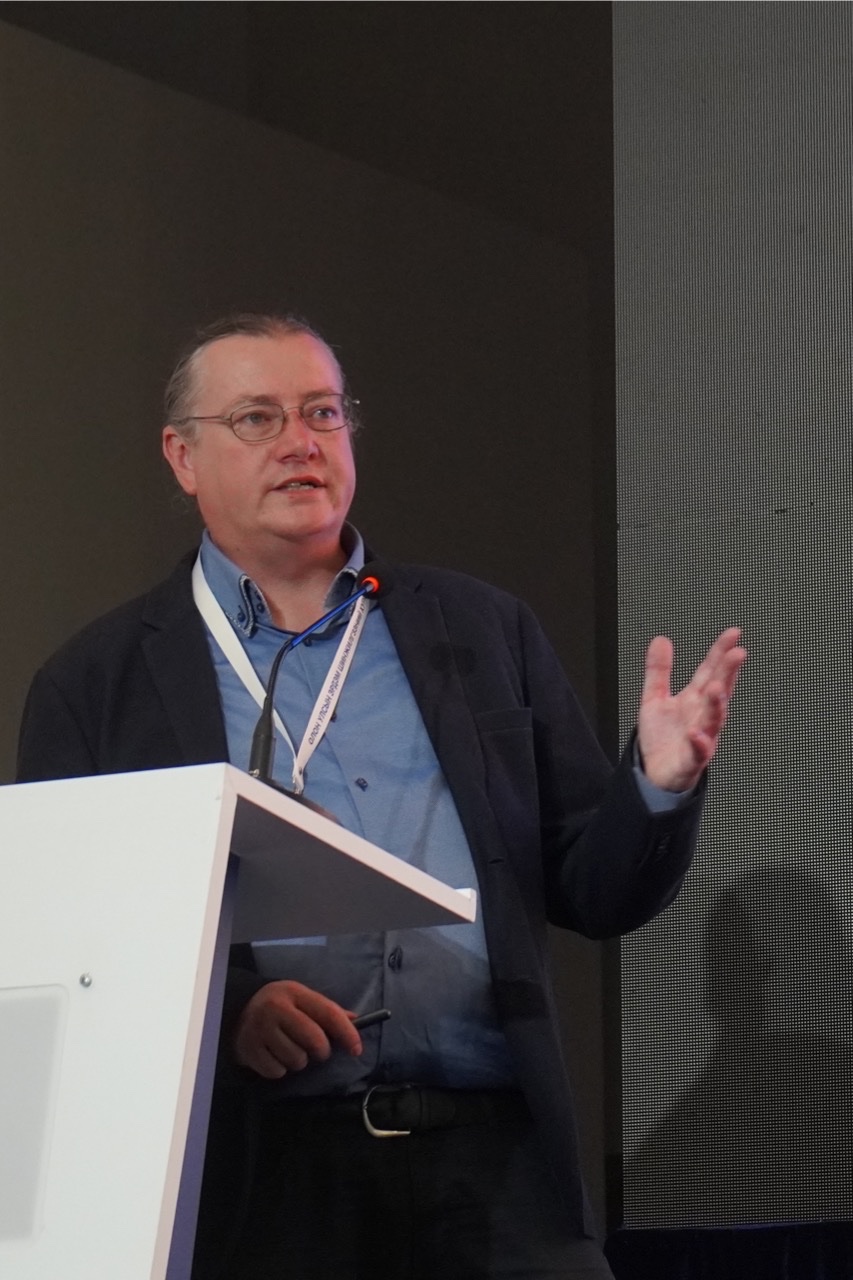
They were also there when the genetically related Asian Huns left Asia and arrived in the Carpathian Basin as the Huns of Attila the Hun... Thus, they were involved in all the important events that took place in the eastern grasslands - so it is not surprising that the Hungarian chronicles, Hungarian folk tales and legends, and Hungarian folk art are also linked to the sometimes thousands of years old traditions of steppe.
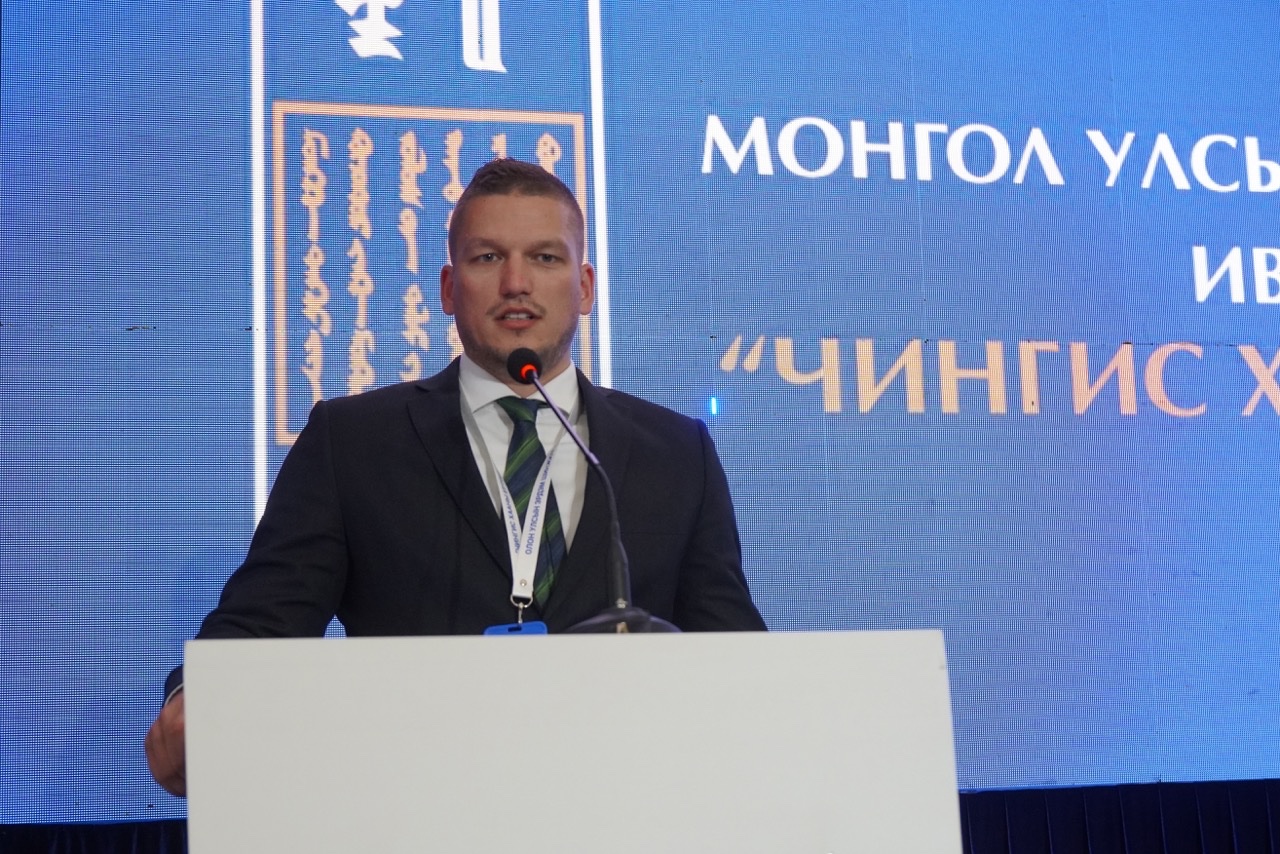
Endre Neparáczki, Director of the Research Centre for Archaeogenetics of the Institute of Hungarian Research, explained in his presentation that archaeogenetics is the science of the 21st century, which, based on the results of whole genome sequencing (3 billion base point matches per DNA), has made it possible to genetically analyse the origins of the peoples and cultures defined on archaeological grounds, and to determine their origins and genealogical relationships.
Recent genomic studies - carried out at one of the world's best archaeogenetic laboratories in Hungary thanks to the availability of appropriate equipment - have shown that the ancestors of the Hungarians did indeed live on the steppe thousands of years ago.
THE ANCESTORS OF THE HUNGARIANS ARE GENETICALLY RELATED TO THE SARMATIANS, WITH AN IMPORTANT GENETIC COMPONENT BEING THE DNS STOCK OF THE ASIAN HUN PEOPLE. THE ADMIX WITH THE AVAR POPULATION HAS ALSO BEEN REVEALED.
The other important result is that the genetic link between the Turul ethnic group, which led the Hungarians into the Carpathian Basin, i.e. the genetic stock of the Árpád dynasty and the Hungarian people who settled in the area, has been established, i.e. the leading stratum is not different from the common people, but is one of the families whose ancestry, not incidentally, points towards the ancestral homeland of the Asian Huns, i.e. Mongolia.
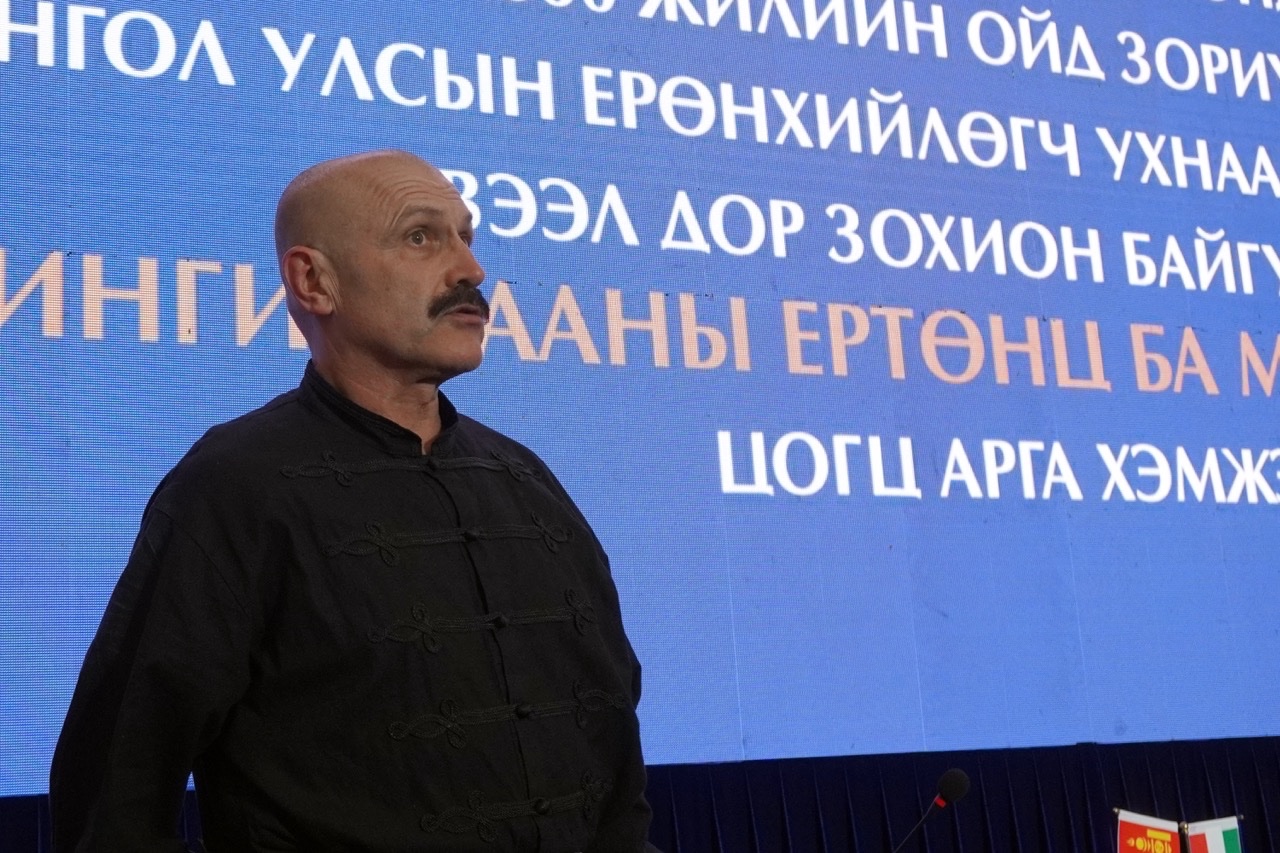
Csaba Hidán, senior researcher at the Institute of Hungarian Research, made it clear in his presentation that just like the results of archaeology and archaeogenetics, the comparative findings of military history and contemporary weaponry research also point eastwards. It can be concluded that the organic materials in the graves, which may be thousands of years old - including many weapons, quivers, bows, arrows, wooden stirrups and sabretaches - preserved by frost or dry sand in Mongolia, are of the same type as that found in the graves of Árpád's Hungarians.
Thus, the armament and techniques of warfare of the Hungarians point clearly towards the East - it seems that the Hungarians used the Steppe warfare and armament until the 10th century, and even further until the time of the Hungarian Hussars. It is also clear from these findings that a comparative interdisciplinary study of the Steppe horsemen and the Hungarians leads to similar conclusions in all cases - namely that
THE HUNGARIANS ARE THE DESCENDANTS OF THE ANCIENT EQUESTRIAN STEPPE PEOPLES, WHO HAVE PRESERVED SOME ELEMENTS OF THESE STEPPE TRADITIONS UP TO THE 20TH CENTURY.
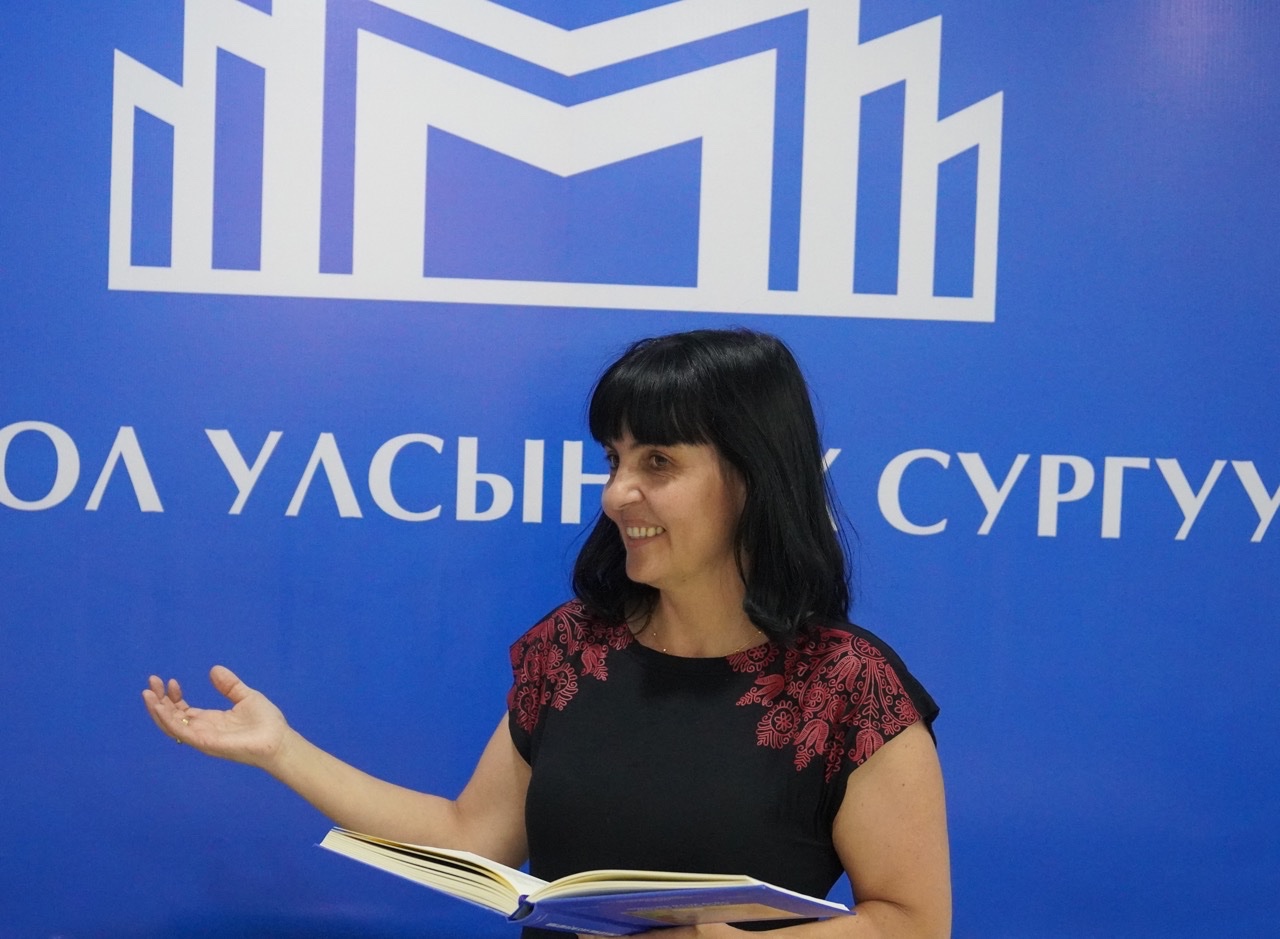
Hungary is in an exceptional position in Mongolia, because in addition to her wide-ranging duties, Ambassador Borbála Obrusánszky represents Hungarian culture and science at the highest possible level as a scholar. It was therefore not surprising that she was one of the speakers at the international conference.
Her presentation focused on Eurasian blood ties and the first Steppe constitution, in which she pointed out that the blood tie, or blood brotherhood as it is better known, is well known in Hungarian history and folklore, as over the last few hundred years, many people have knitted everlasting friendships in this way.
THE HUNGARIAN LEGAL CUSTOM (BLOOD CONTRACT) IS NOT UNIQUE IN WORLD HISTORY, BUT THERE ARE ALSO SIGNIFICANT EASTERN EUROPEAN AND INNER-ASIAN PARALLELS FROM THE ANTIQUITY UP TO THE PRESENT DAY.
While in the old days this was how the equestrian empires of the steppe were created, in modern times it has remained a custom among the young to seal friendship to the grave. According to some Hungarian legal historians, the oaths of the blood contract were the paragraphs of the first Steppe constitution.
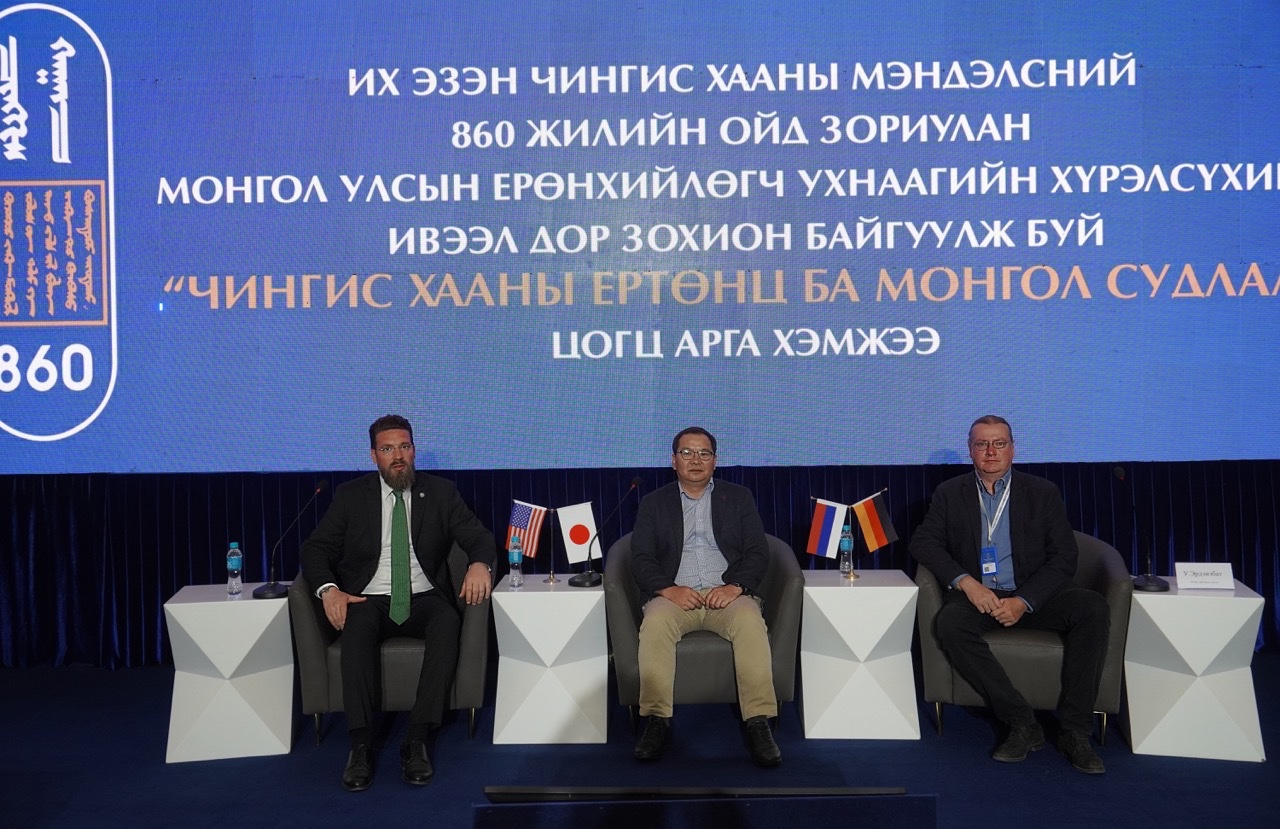
The international scientific conference discussed the latest research results in the following sessions:
Section 1: History and Ethnography of Mongolia (Chair. Tserendorj - Director of the Institute of History and Ethnography of the Mongolian Academy of Sciences)
Section 2: Mongolian Language and Literature (Chair: D. Zayabazar - Director, Institute of Mongolian Studies, Mongolian National University)
Section 3: Cultural World of Mongolia (Chair: G. Chuluunbaatar - Vice President, Mongolian Academy of Sciences)
Section 4: Mongols and the outside world (Chair: D. Bulgan - Institute of International Studies, Mongolian Academy of Sciences)
Section 5: Mongolian Cultural Heritage and Archaeology (Chair: G. Eregzen, Director, Institute of Archaeology, Mongolian Academy of Sciences)
Section 6: Genghis Khan and the contemporary world (Chair: S. Chuluun - Director of the Genghis Khan Museum)